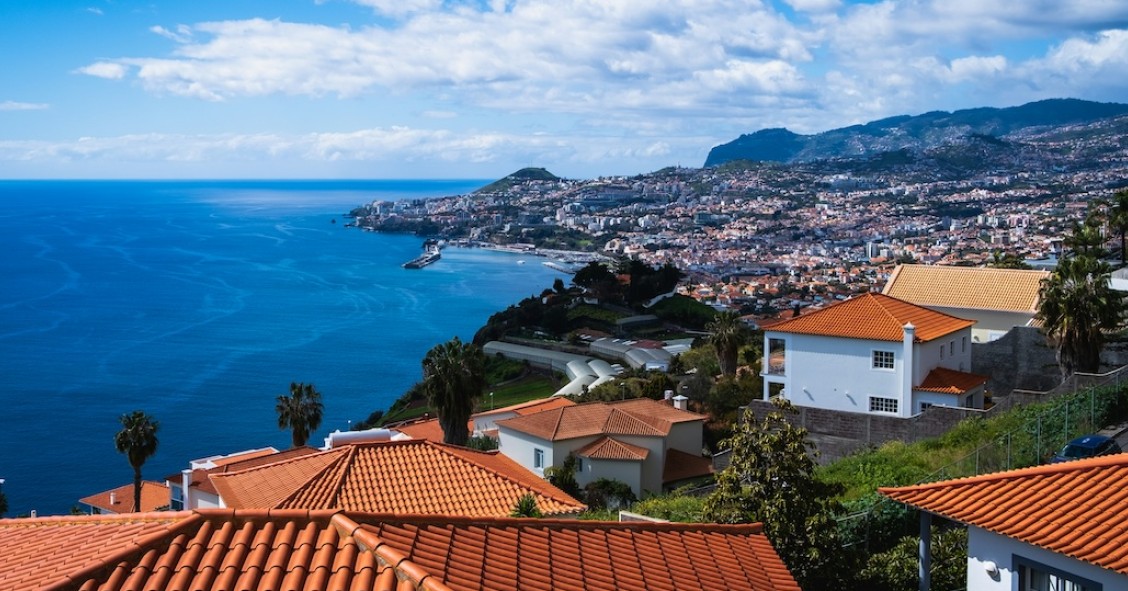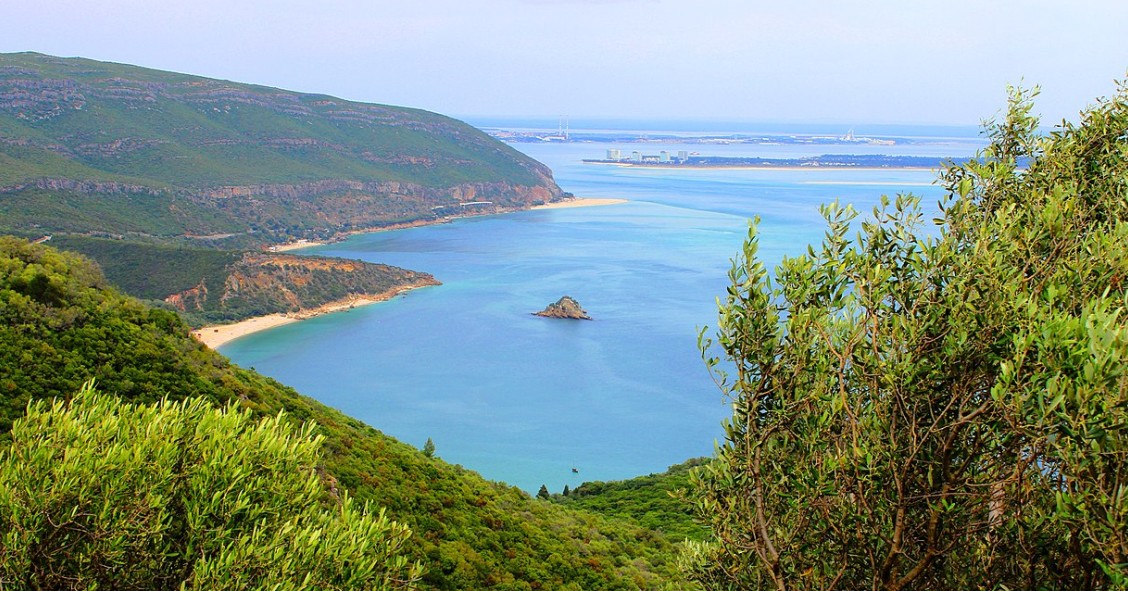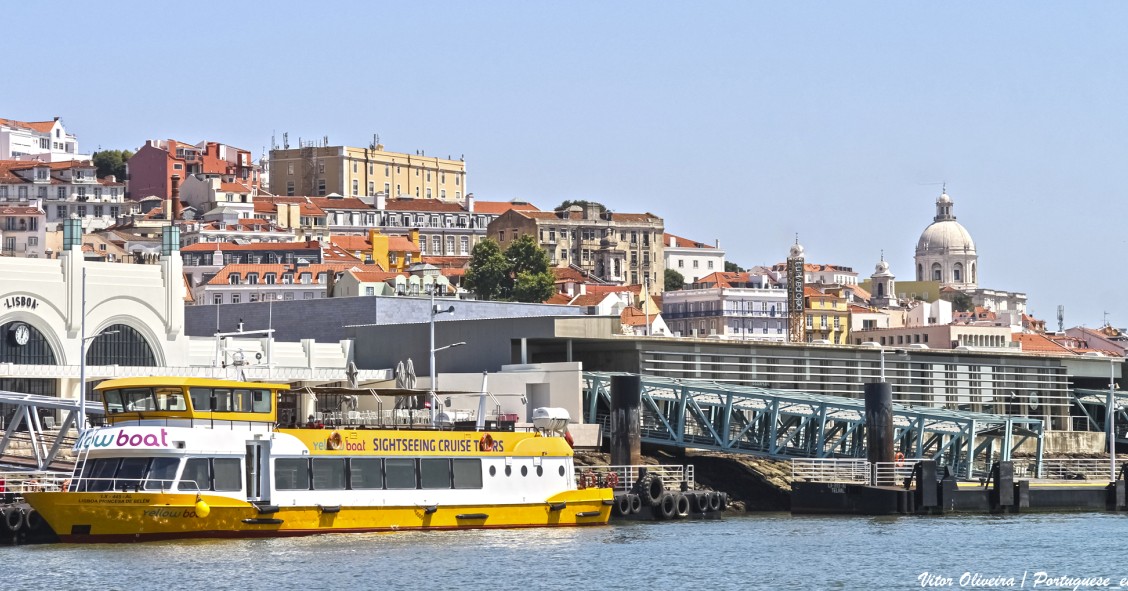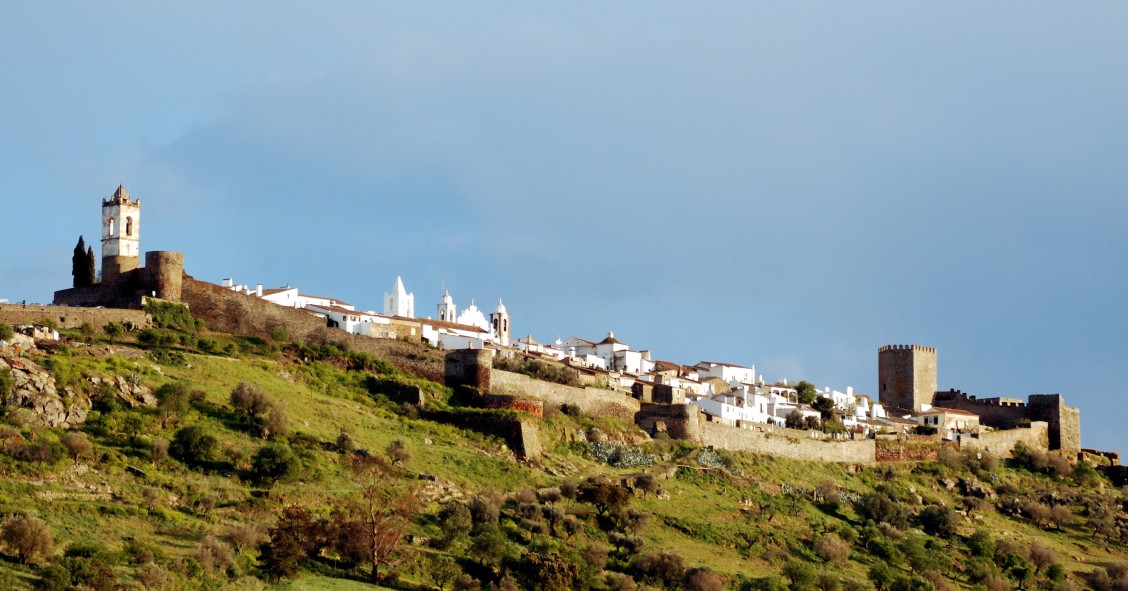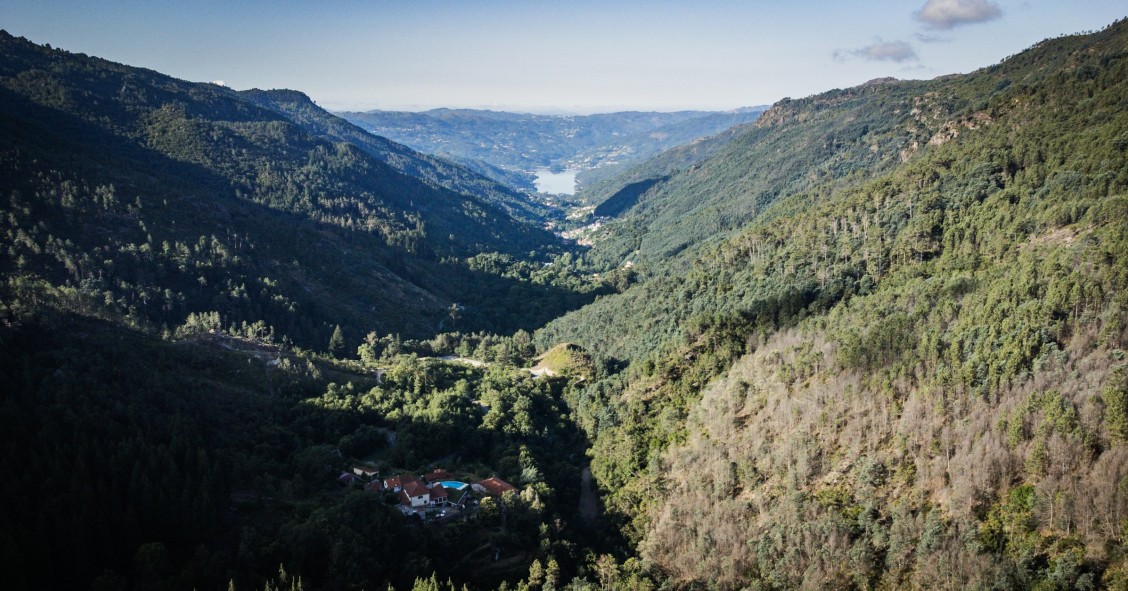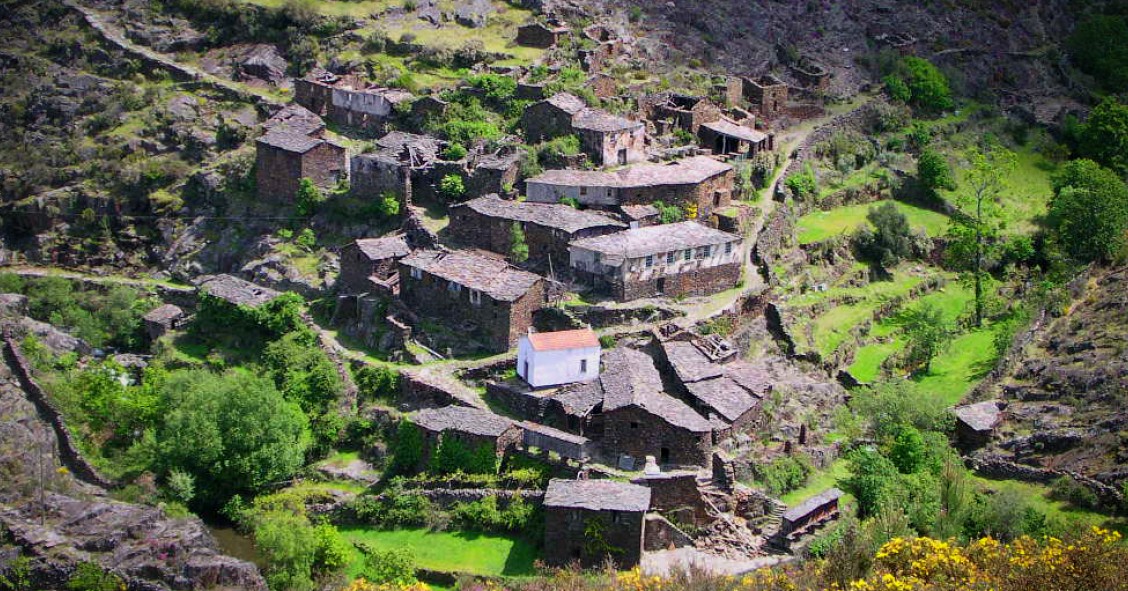
In 2021, one of the biggest real estate news stories of the year was the eruption in September of the Cumbre Vieja volcano on the Spanish island of La Palma. The volcano erupted near constantly for weeks, creating a slow moving but unstoppable lava flow that forced the evacuation of thousands of people and destroyed hundreds of millions of euros worth of property on the eastern side of the island. The eruption was finally declared to have ended in December, but its devestating impact and the international attention the disaster received brought a new focus to the risks associated with living near volcanoes, something most people in Europe rarely consider.
Though in the distant past Portugal was the site of much volcanic activity, there are thankfully no active volcanoes in the continental territory. There was volcanic influence in the formation of the mountains in the north of Portugal, as well as in the Algarve basin, but this was long before human settlement, and if you want to see modern volcanic geography in Portugal, as with Spain, you have to look to her island territories. Both the island of Madeira and the Azores archipelago are were formed by volcanic activity, and in the Azores there is even still an abundance of volcanoes that are considered active, with eruptions as recently as 2001. Despite this, many people make their homes on these islands, and many more visit as tourists every year. The reason why is simple: the volcanism that formed these islands also formed beautiful natural landscapes unlike anything else in the country. So, let's explore the volcanoes of the Portuguese islands, and see why despite their inherent danger, they continue to hold an undeniable charm.
Madeira

Madeira is part of massive underwater shield volcano in the Atlantic Ocean, of which the island is just the highest point. Formed hundreds of thousands of years ago, the island has seen volcanic activity as recently as 6,500 years ago, but today is considered to be dormant and unlikely to erupt. But despite the fact that the island is unlikely to see any more lava flows, its gegraphy is defined by its past volcanism. The central mountains of the island were originally active volcanoes, and the three highest peaks on the island; Pico Ruivo, Pico das Torres, and Pico do Arieiro are all volcanic peaks.
In addition, the unique geology of Madeira and the way it was eroded over millenia gave rise to the many valleys and ravines that form the difficult to access interior of the island, home to the largest remaining Atlantic laurel forest; Laurisilva Forest. This gorgeous natural landscape, facilitated by the island's volcanic geography, was declared a World Heritage Site by UNESCO in 1999. But while much of this stunning interior is generally difficult to pass through, there are still many settlements on the island, mostly around the coast, and the island has a population of a little over 250,000 people. And honestly, it isn't hard to see why people would make their homes here, given its stunning natural landscape, and fertile, arable lands beyond the rocky peaks.
If you would like to visit the island of Madeira to hike the volcanic peaks and explore the forests nestled in the many valleys, you should check out holiday rentals on Madeira available on Rentalia. And who knows, maybe you'll fall in love and decide to live there. If that's the case, idealista also has a selection of properties for sale on the island that you should take a look at.
São Miguel

Unlike Madeira, the Azores archipelago is full of active volcanoes, with over two dozen on the islands of the archipelago, and several more submarine volcanoes in the ocean surrounding them. And São Miguel, the largest and most populous island in the archipelago, is also the island with the most volcanoes. In fact, distinct volcanic areas stretch from one end of the island to the other, beginning in the west with the Sete Cidades Massif and caldera, an area that was formed by several volcanic explosions thousands of years ago. The caldera is most famous for the stunning lakes that have formed in the volcanic craters, with the small village of Sete Cidades on their shore.
There are further calderas in the Água de Pau Massif towards the centre of the island, and around the Furnas and Povoação volcanoes closer to the east of the island. In addition, between these areas there are many volcanic cones to be found in the Picos Volcanic system, and around the Furnas volcano. This last volcano was the source of the largest eruption in the archipelago in 1630, which killed nearly two hundred people. However despite the number of volcanoes covering the island, none have erupted in recent history and they are unlikely to erupt in the near future. As such, many people have chosen to make São Miguel their home and today some 135,000 people live on this island alone. This means that should you decide to move to São Miguel to live in the shadow of one of its many volcanoes, you should have plenty of choice when you search for a home to buy on the island. In addition, there are a variety of holiday rentals on the São Miguel available on Rentalia if you would just like to visit to take in its jaw-dropping volcanic landscape over a few days.
The Central Azores

West of São Miguel we can find the majority of the islands in the Azores archipelago. This is where the most recently active volcanoes in the archipelago are located, with the last eruption above sea level coming from the Capelinhos and Caldeira volcanoes on Faial Island in 1958. Even more recently, an underwater eruption in 2001, off the coast of Terceira Island briefly created a new islet in the archipelago, which later sank below the waves again. Terceira island is also home to the Santa Barbara Volcano, which is currently inactive and last erupted in 1761. The island of São Jorge is home to the the Bocas de Fogo volcano, which erupted in 1808, causing extensive damage to the surrounding area. Finally, there is the island of Pico, named for the Mount Pico volcano that dominates the islands geography. Between them these four islands have seen several eruptions in the last few centuries, but for the most part their volcanoes haven't erupted in living memory.
If you would like to explore these islands, your best bet for a short holiday to these islands is holiday rental accomodation on Terceira or holiday rentals on Pico, as the others have only a handful of options available. On the other hand, if you would like to move to the Azores permanently, there are homes for sale on idealista on each of the islands in the archipelago.
